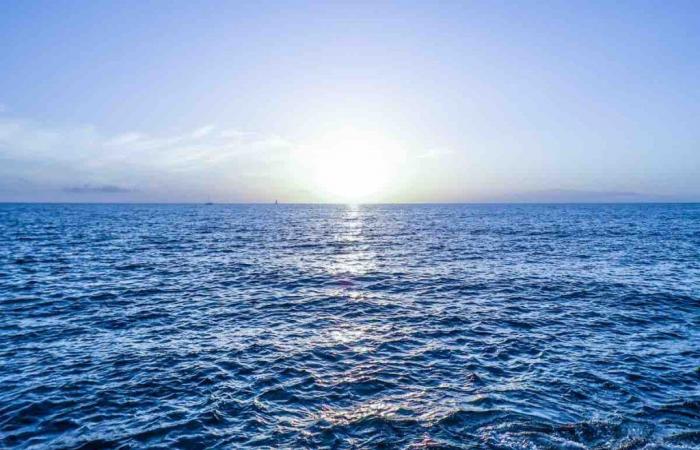After 100 years, this very species has reappeared in the sea: a hope for marine biodiversity.
After almost a century it has returned to sail the waters of Argentine Patagonia, This very species has reappeared in the sea, bringing a breath of hope for marine biodiversity.
Playing a crucial role was the hunting ban of this very species, demonstrating that conservation policy can really make a difference.
This specimen, known scientifically as balaenoptera borealis, had disappeared from the whole coast of Patagonia, where experts recently spotted it again.
It had been almost 100 years since there had been any news of this species, let alone of its presence in the waters of the Patagonia, so much so that many believed it was now close to extinction.
And team of scientists However, it has documented its reappearance, signaling a significant success for conservation efforts.
During the 20s and 30s of the last century, the intensive hunting to whales had brought this species to the brink of extinction.
The baler They eagerly sought out these marine giants for their meat, oil and baleen, thus causing a drastic decline in the whale population.
Only the entry into force of global ban on commercial whalingpromoted by various environmental associations, has allowed these specimens to survive.
Il prohibition, applied during the last fifty years, it has provided this species with an essential respite.
This marine species reappeared in the sea after 100 years
The return of sei whale It represents a real sign of hope for the conservation of nature.
These marine giants, which can reach 16 m in length and weigh up to 30 t, have a very slender and hydrodynamic body of dark gray color with some lighter spots on the belly and longitudinal crests on the head. Characteristics that make this species unmistakable.
Doctor Mariano Coscarella, a biologist and researcher of the National Council for Scientific and Technical Research Argentinian, explained how the population of these whales had become extremely rare due to intensive hunting.
“we knew that their disappearance was not a mysterious one, because it was a consequence of that disastrous hunting period. We were aware that they were not extinct, but we were also certain that their numbers were now so reduced as to make a sighting impossible”.
The biologist and his team then witnessed an extraordinary reappearance of the fin whale while they were working on a satellite localization project for these very whales. Patagonian Whalesfunded by the project Pristine Seas of the National Geographic.
The biologist Coscarella states that the population of sei whales it has begun to recover, returning to populate the same areas it once lived in.
He then also underlined the importance of maintaining the ban on whaling always active to avoid nullifying all the progress made in recent years.






